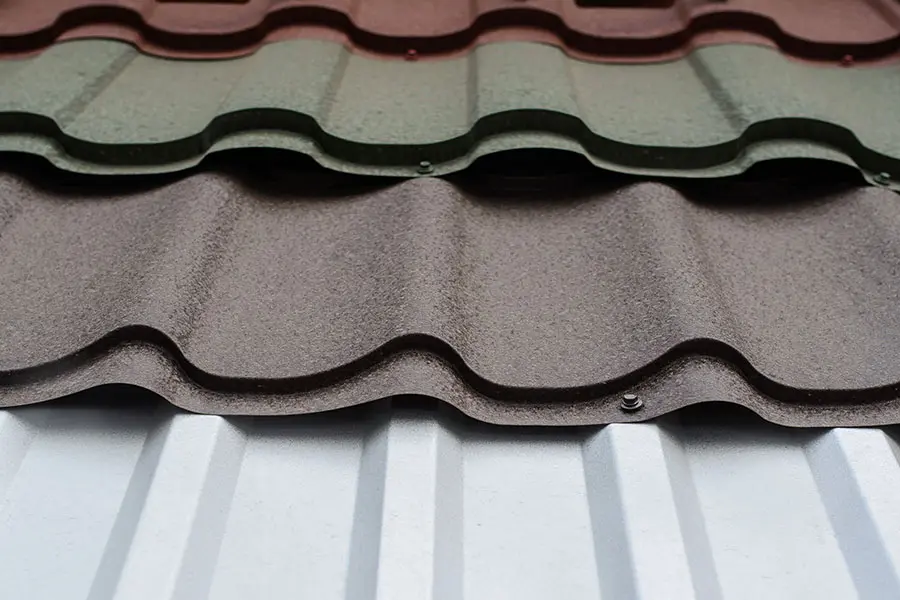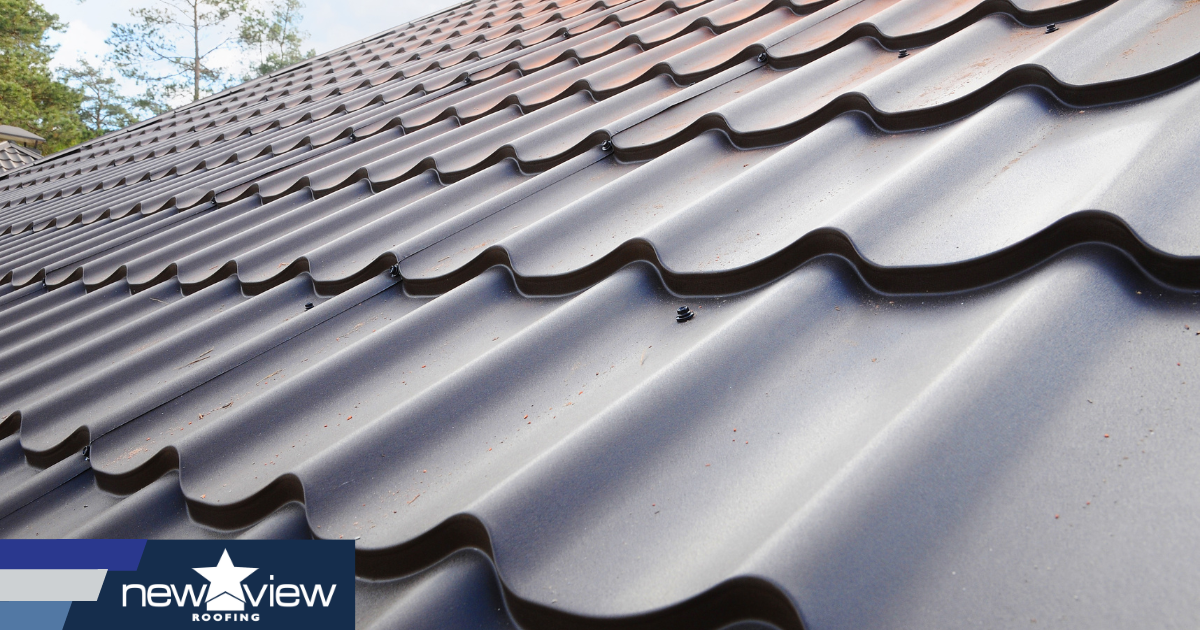A Comprehensive Look at Roofing Companies Gainesville Residents Recommend
A Comprehensive Look at Roofing Companies Gainesville Residents Recommend
Blog Article
Finest Practices for Ensuring Correct Roof Covering Air Flow
Making certain proper roofing ventilation is essential for the long life and efficiency of a roofing system. A balanced intake and exhaust vent proportion, frequently 1:300, plays an essential function, with intake vents preferably positioned at the lower side of the roofing for trendy air entrance and exhaust vents at the top for warm air leave. Regular assessments to identify obstructions and keep clear air movement are vital. Keeping insulation away from vents is vital to prevent air movement limitation. Comprehending these fundamental elements sets the stage for even more comprehensive understandings into installation and maintenance methods that can significantly boost your roofing system's performance.
Understand Air Flow Essentials
Properly comprehending air flow fundamentals is vital for making certain the longevity and efficiency of roofing systems. Effective ventilation mitigates wetness buildup and temperature extremes in the attic room, both of which can cause significant structural damage with time. A well-ventilated roof helps in preventing common issues such as mold and mildew development, timber rot, and ice dams, which can endanger the integrity of the roofing products and the underlying frameworks.
The main goal of ventilation is to help with the activity of air, permitting a constant exchange between the outside and indoor settings. This equilibrium is attained with a mix of intake and exhaust vents that collaborate to maintain optimal air movement. Consumption vents, usually situated along the eaves or soffits, enable fresh air to go into the attic area, while exhaust vents, typically positioned at or near the roof covering ridge, allow warm, moist air to leave.
Trick variables influencing the efficiency of roof covering air flow consist of appropriate positioning, adequate sizing, and making certain that both intake and exhaust vents are unblocked. Regular evaluation and upkeep are important to identify possible clogs, damage, or inadequacies in the ventilation system, consequently safeguarding the roof covering's performance and toughness.
Kinds Of Roof Vents
Roofing system vents play an essential duty in maintaining reliable attic room ventilation and, by extension, the overall wellness of the roof. Numerous kinds of roofing system vents are readily available, each with unique benefits tailored to specific roof needs. Ridge vents, for instance, are set up along the roofing's optimal, allowing cozy, humid air to run away from the attic. They supply constant ventilation and mix perfectly with the roofline, making them both efficient and visually pleasing.

Soffit vents are set up under the eaves and operate in tandem with roofing system vents to make sure a well balanced intake and exhaust system. By permitting cooler air to enter from below, soffit vents facilitate the expulsion of warm air via top vents. Gable vents, located on the exterior walls of the attic room, offer another effective service, particularly in homes with saddleback roofs.
Examine Your Existing Ventilation

Next, consider the age and condition of your roof materials and air flow elements. Older systems might not abide by current building regulations or might have deteriorated with time, lowering their efficiency. Conduct a comprehensive evaluation to identify any indicators of deterioration, such as corrosion, damage, or voids that can compromise the system's efficiency.
In addition, gauge the attic room temperature level and humidity degrees. Heats and moisture can indicate insufficient air flow - roofing companies in gainesville florida. Use a hygrometer and thermometer to get precise readings, comparing them with exterior conditions. Relentless discrepancies suggest prospective issues that require dealing with.
Installation Best Practices
Efficient setup of roofing air flow systems is vital for ensuring optimal performance and long life. Correct installation starts with comprehending the specific air flow needs of the roofing and the structure it covers. This involves determining the correct ratio of intake to exhaust vents, normally adhering to the 1:300 rule, which specifies one square foot of ventilation for every single 300 square feet of attic room flooring space.

Consumption vents ought to be installed at the roof covering's lower side, often in the soffits, to allow amazing air to get in. Exhaust vents, on the other hand, need to be set up near or at the roofing's optimal to assist in the leave of cozy, wet air.
Seal all vent connections diligently to avoid air leaks and prospective water infiltration. Usage top quality materials and follow producer guidelines to ensure longevity and performance. Furthermore, incorporating ridge vents with baffles can significantly boost air movement effectiveness by protecting against wind-driven rain and snow from going into the attic room.
Inevitably, specific setup of roof covering ventilation systems mitigates potential issues such as mold development, ice dams, and structural damage, making certain the roof covering's integrity and the building's general wellness.
Regular Upkeep Tips
Consistency in maintenance techniques is basic to ensuring the long-lasting effectiveness of roof air flow systems. During these assessments, make certain that vents are totally free of particles, nests, and various other blockages that can hamper air movement.
Cleansing the vents is one more important job. Utilize a soft brush or a vacuum to get rid of dust and debris from consumption and exhaust vents. Beware not to damage the vent screens or louvers throughout the procedure. Furthermore, examine the attic room area for any kind of indications of water damage, which can endanger the integrity of the roof covering system.
Proper insulation is equally crucial. Ensure that attic room insulation does not block the vents, as this can drastically limit over here airflow. If any insulation has actually shifted or cleared up, reposition or replace it to preserve an effective barrier.
Last but not least, change any harmed or missing elements quickly. Broken vents, cracked shingles, or worn-out blinking can all contribute to insufficient air flow and should be addressed immediately. Regular maintenance makes sure that the roof ventilation system functions ideally, consequently expanding the life-span of the roof itself.
Final Thought
Making certain correct roof ventilation is paramount for preserving the efficiency and sturdiness of a roof system. Adherence to the 1:300 intake and exhaust vent proportion, paired with the calculated positioning of vents, is vital.
A well balanced consumption and exhaust vent ratio, frequently 1:300, plays a pivotal function, with consumption vents preferably put at the lower side of the roofing system for amazing air entry and exhaust vents at the top for cozy air exit. Consumption vents, normally situated along the soffits or eaves, enable fresh air to get in the attic space, while exhaust vents, typically positioned at or near the roof ridge, enable hot, damp air to escape.
Soffit vents are mounted under the eaves and this hyperlink work in tandem click site with roofing system vents to guarantee a balanced consumption and exhaust system. By allowing cooler air to go into from below, soffit vents assist in the expulsion of hot air through top vents. Adherence to the 1:300 consumption and exhaust air vent proportion, paired with the strategic placement of vents, is necessary.
Report this page